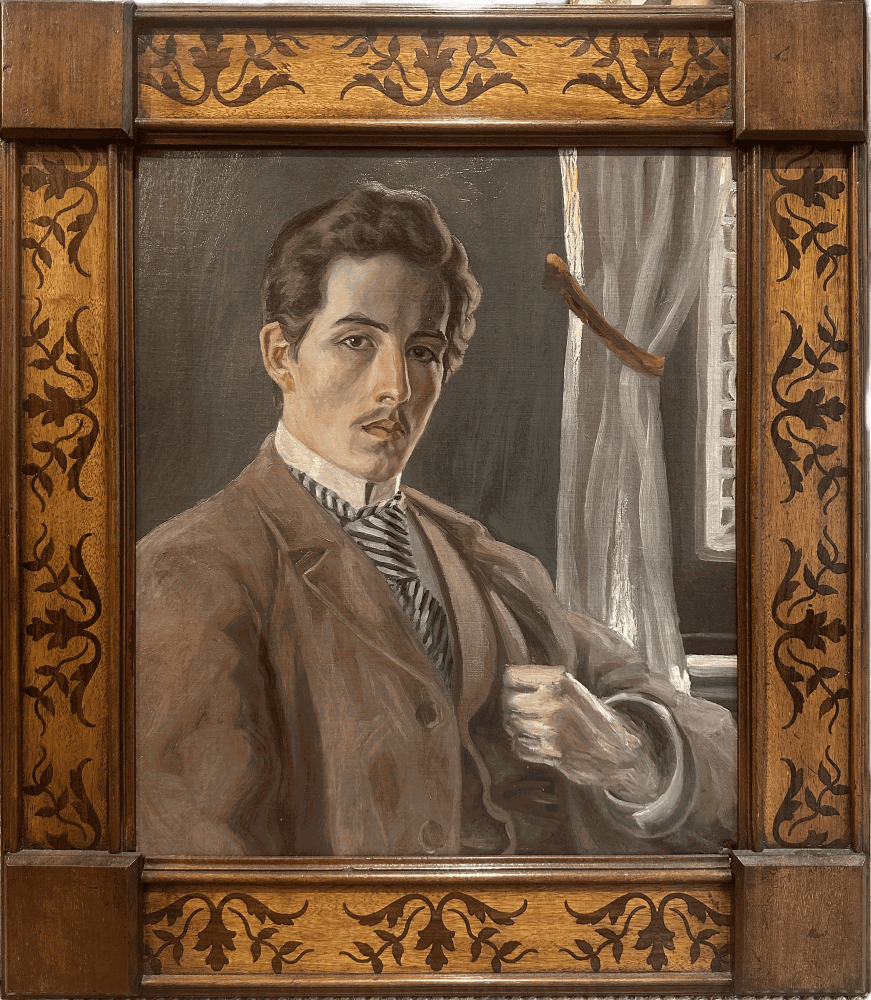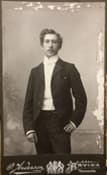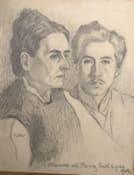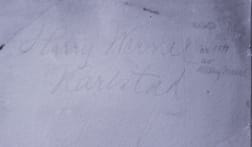

HILDING WERNER KÅRUD, SWEDEN 1880-1944
66 x 60 x 3 cm (with the frame)
Hilding Werner was the son of landowner Anders Andersson and Inga Maria Johannesdotter. He was born in Kårud, a small Swedish village in the charming county of Värmland, on the border with Norway, and at the age of 19, immediately after completing his studies at the Karlstad Läroverk high school, he enrolled at Caleb Althin’s School of Painting in Stockholm, where, in order to earn his own living, he worked as a caricaturist for the satirical magazine Nya Nisse. Another prominent Swedish landscape artist, Bror Lindh, a relative on his mother’s side and his roommate at the art school, introduced him to the studio of Richard Bergh, a famous artist at that time, and a founder of the Artist Association School which Werner enrolled at in 1900 and whose teachers included the well-known and prolific Anders Zorn and Nils Kreuger, to name but a couple. Here he began his close collaboration with various artistic groups and associations, such as the Die Fries, whose members particularly loved a kind of painting featuring dry lines but full of feeling. Werner’s works can be traced back to exhibitions at the Konstnärsförbundet, an association of Swedish artists established in 1886 in opposition to the Royal Academy of Fine Arts.
Werner’s most famous and recognizable works are panoramic views of large lakes surrounded by dense forests with distant blue hills lit with the colours of sunset or dawn, silent forests blanketed in snow, interior landscapes with a strong symbolist accent that allowed him to give free rein to his love and veneration for Swedish nature.
Less known to the general public and less numerous in Hilding Werner’s artistic production, but equally representative of his painting, are the portraits of his family (Fig. 2) and some self-portraits. The Ritratto di Harry shows a character very close to the artist. The gentle features of the face, the moustache, the high forehead and not least the wavy hair combed into a side parting, are elements which help to identify his brother Harry Werner (1881 - 1972) - Fig. 1. The choice of almost exclusively portraying his family members lets these paintings show an intimate, private side of the artist (Fig. 2).

Fig.1 - Photo of Harry Werner

Fig. 2
Hilding Werner, portrait of his mother and his brother Harry
On the cardboard backing of the painting it is possible to decipher the inscription written in Swedish: Harry Werner. Karlstad. Painted in Rud. October (?) 1899 by Hilding Werner (Fig. 3).

Fig. 3 Inscription on the back of the cardboard


